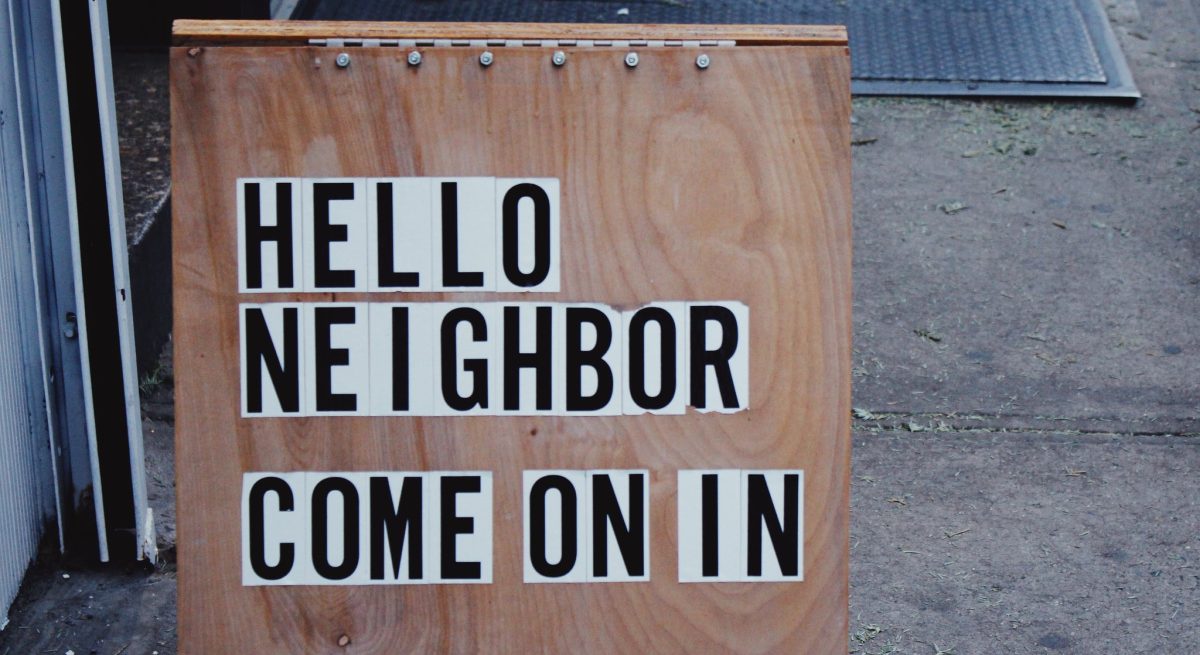Welcoming Customers Back: How to Resell the Dine-in Experience as Restaurants Reopen
5 Min Read By Mark Plumlee
Now that states are beginning to loosen their lockdown restrictions and reopen small businesses like restaurants, it’s fair to wonder how drastically the dine-in experience will have to change to accommodate the new safety requirements. And even with stricter guidelines in place, will customers actually risk dining out in public spaces?
Tom Coliccio, head judge on Top Chef and successful restaurateur, addressed this issue on Fresh Air last week. “The question isn’t when restaurants can open,” he told Terry Gross, “But when the public will feel comfortable walking into a restaurant when the bartender will have mask on, and the server will have a mask on. There’s just so many touch points in a restaurant.”
In order to bring back the customer base, neighborhood restaurants will have to reconcile with real concerns over safety and sanitation, while still providing a great dine-in experience. For the most part, people don’t make the choice to dine-out because of money or practicality. It’s based on emotion and the desire to share a food-based experience you can’t find in your home. How does that work with the new safety requirements?
It may seem like a difficult balance. Safety will be at the forefront of the dining experience degree like never before. But by carefully considering the specific safety guidelines, restaurants can develop strategies for ensuring the best possible dining experience.
Limiting Capacity
Eating alone on a couch in front of the television reminds all of us how much we’d like to be out with friends. Restaurants are a place where we go to share food with each other and enjoy each other’s company. How can restaurants foster that while maintaining social distancing? The answer lies in limiting capacity. While having to reduce the number of seats is never ideal for a restaurant, many states are requiring it.
According to the CDC, restaurants should “consider reducing occupancy and limiting the size of parties dining together to sizes that ensure that all customer parties remain at least six feet apart in order to protect staff and other guests.” Take the time to think of ways you can maintain a communal feel in your dining room while adhering to social distancing rules. The best option is to remove some tables and chairs from your dining room altogether in order not to have a bunch of empty seats as reminders of restrictions. Make it feel natural. Rearrange what’s left to take maximum advantage of the benefits of your room. Perhaps create more intimate spaces so that tables can feel like they are semi-private, exclusive dining areas. Imagine if each table had a theme, what would the theme be? The fireplace table, the table in the window, the kitchen table. Make it into a positive.
Perhaps you can maximize outdoor seating that makes people feel more comfortable and safe. Give your outdoor seating the same importance you give indoor. Have the proper amenities like heat lamps and patio umbrellas. Consider enforcing a more strict reservation or time limit rule. This will allow you to serve more meals in a shift. Today’s diners will probably be very understanding of adjustments you are making to keep them safe while serving the most people.
Wearing Masks and Gloves
Another big reason customers love dining out is not having to do any of the work. Having your order taken, your drink refilled, and your plate served and then whisked away at the right moment – it’s a welcome reprieve after months at home cooking and cleaning up after ourselves. But how does that change when customers and employees alike are scared of risking any contact with each other? Will the pleasure of being waited upon still be enough incentive to get customers through the door? We believe so, but in an adapted form.
According to the CDC, employees should wear protective face masks whenever interacting with other employees or customers, and protective gloves whenever interacting with food or shared utensils. This can still be done with style. Think of it as a uniform change for your staff. Get everyone the same color mask or gloves to make it seem intentional, coordinated and safe. Show that you have a strong team. Black cloth masks may draw less attention and even look professional, and it’s easy to get black gloves for food preparation and setting tables.
No Menu Sharing
Prior to the pandemic, menus were the one communal piece of your restaurant picked up and handled by almost every customer. Because of it, menus were one of the most-germ ridden surfaces in the restaurant, with cold and flu pathogens able to live on them for up to three days. That won’t be the case when restaurants reopen. The CDC has said that no restaurant should be reusing menus unless they can be cleaned and disinfected, and several state governors, including California’s Gavin Newsom, have echoed that call. That leaves restaurants with three options: investing in laminated menus so that you can clean and disinfect them between customers, springing for disposable menus and recycle them after each use, or going touchless with online menus and menu QR codes.
Disposable menus are the cheaper option up front, but the printing costs will catch up with you quickly if you are disposing and replacing menus after every single use. Laminated menus can stand up to the cleaning and disinfecting, but cost more up front and require the employee resources to be routinely cleaned and disinfected. Touchless QR code menus are great, but they assume that your customers have a certain level of proficiency with technology and smart devices. If you want to continue setting out physical menus at your restaurant, you’ll need to choose between one of these two options. Now’s the perfect time to figure out which one.
Improve Your Communication
Once you put the proper safety protections in place, you’ll need to communicate them to your customers so they can confidently dine-in with you. Display the details of a extra precautions you and your staff are taking, as well as any additional procedures you expect your customers to follow, with flyers, signs, table tents, digital boards, rack cards and more. Messaging and communication will be essential to building up trust with your customers and welcoming them back into your restaurant. Signage can clearly spell out your expectations for diners, as well as direct them through new social distancing guidelines.
Think of all the channels where you interact with customers – in-store, windows, local bulletin boards, and the myriad channels on the web. A strong, consistent message across these channels is key to your success. Think of it as integrating your restaurant with the daily lives of your customers. There are easy-to-use, affordable online design tools that can manage any aspect of your marketing, from menus to takeouts, event flyers, business cards, loyalty cards, social media posts and more. Some tools are specialized for the restaurant industry and you can try them out for free. All you have to do is pick the right templates, make some edits, and choose where you want your message to go.
A New Era of Restaurant Safety
The restaurant experience will be radically different when they reopen, but that does not mean that restaurants can’t still provide the simple yet profound pleasures we associate with them. Moving forward, these pleasures will need to be mixed together with enhanced safety and cleaning procedures so customers can feel confident dining out with you again. That’s how you welcome them back.


